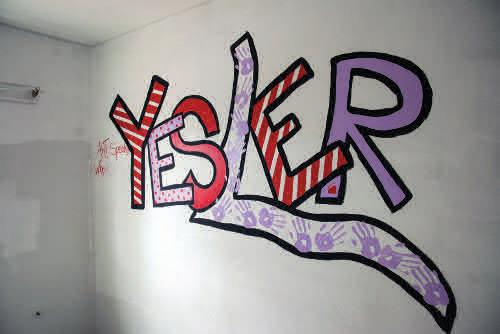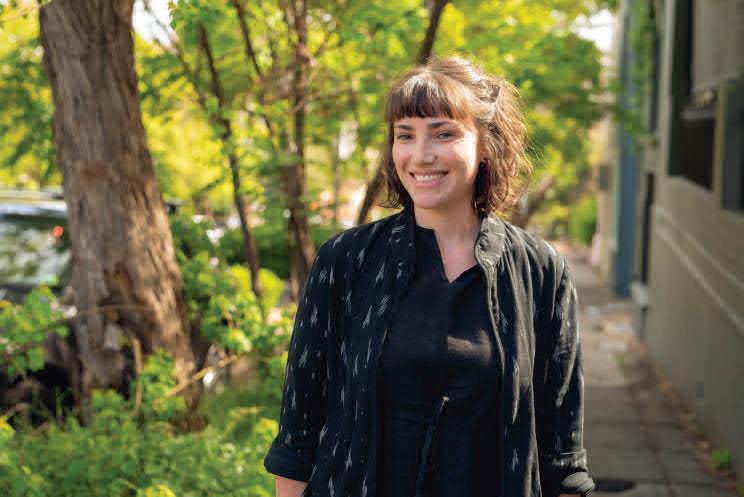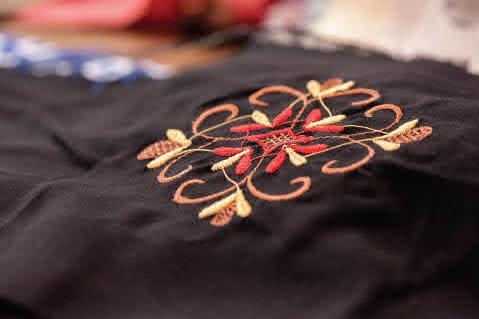
2 minute read
Processing change and in some cases, trauma, in redevelopment
from Yesler Arts
by hey_terry
Another way that Yesler Arts was able to support successful redevelopment is by providing caring and culturally relevant outlets for residents to process the enormous amount of change happening around them. While SHA worked hard to ensure that all residents who wanted to move into the new Yesler buildings were able to, some were temporarily relocated, only to move back into a very different neighborhood than what they had left. Many never left the neighborhood, electing to live with long-term construction and development by moving straight into new buildings as they opened, or into other older Yesler Terrace units as an interim step. Staff who managed Yesler’s relocation services discussed the value of the arts programs in both helping to process the complex emotions of redevelopment impacts on residents’ lives as well as the ability to break down some of the bureaucratic barriers of relocation. Several of the artist projects were developed explicitly with this need to process trauma in mind. Kessler’s work in the first three years to occupy an old Yesler home and provide drop-in space for residents to create original art installations and more gave her a clear understanding of how residents were coming to terms with the physical and social changes of redevelopment. This highlighted the issue for SHA staff, other residents, and artists alike, and made open dialogue about it more possible.
CASE STUDY: ART CLUBS AND UNIT 191, THE ART HOUSE
Advertisement
Artist Rachel Kessler developed several drop-in programs aimed at responding to residents’ sense of dislocation and a need to process change. Kessler began by offering weekly art clubs in the lobbies of different SHA residential buildings. In moving from garden-level living to multi-level apartment buildings, the community has had to develop new ways to socialize, and regular art clubs, attended by both young and senior visitors, help turn new, unfamiliar spaces into domestic, social ones. The art clubs helped Kessler gain the trust of community members and SHA staff, eventually leading to her Art House project, in which she and residents transformed an unoccupied Yesler Terrace unit - one that had been vacated and was awaiting demolition - into a temporary art gallery and gathering space. The Art House provided opportunities for residents, neighbors, and staff to reflect on community change, honor local histories, and share stories. Residents created art installations and used the space for cookouts, workshops, neighborhood meetings, and more. The outside of the house was also painted with a bell hooks quote in different languages, attracting interest from numerous passersby, who shared with Kessler their thoughts and questions about the redevelopment. In a time when physical space and community identity are in constant flux, programming like art clubs and the Art House define how public or semi-public spaces can be owned and used by residents and offer a sense of agency to residents experiencing extreme, and oftentimes traumatic, change.






